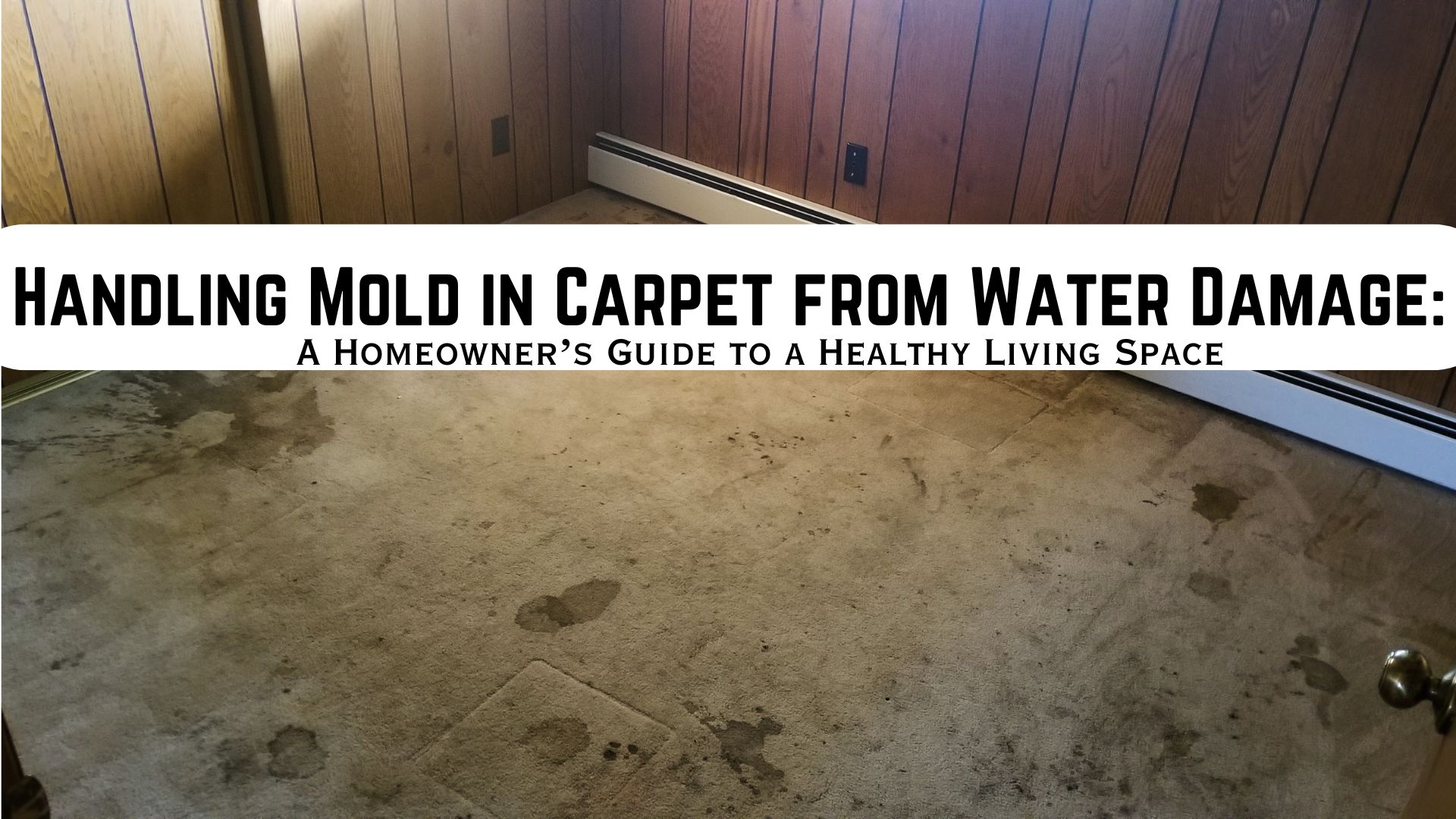
Water damage is a homeowner’s worst nightmare, as it can lead to structural issues, mold growth, and costly repairs. Whether the damage is the result of a burst pipe, a leaking roof, or a flood, it’s crucial to act quickly and efficiently to restore your home. In this comprehensive guide, we’ll walk you through the essential steps on how to repair a water-damaged home and bring it back to its former glory.
How to Repair a Water-Damaged Home
Let’s delve deeper into each of the steps involved in repairing a water-damaged home:
1. Prioritize Safety
The immediate concern when dealing with water damage is safety. Make sure to turn off the electricity in the affected area to avoid electrical hazards. Additionally, be cautious of slippery surfaces and potential structural weaknesses in the affected area. If the water damage is extensive or involves contaminated water (like sewage), it’s highly recommended to consult with a professional restoration company, as they have the experience and equipment to handle these situations safely.
2. Assess the Damage
Begin by assessing the extent of the damage. Determine whether it’s confined to a specific area, such as a single room, or if it has affected multiple rooms or even the entire house. This assessment is crucial for planning the restoration project effectively and estimating costs.
3. Remove the Water
The initial step in alleviating water damage is to remove standing water. Depending on the scale of the damage, you can use various tools like pumps, wet-dry vacuums, or basic towels and buckets for smaller areas. Removing the water promptly helps prevent further damage and minimizes the risk of mold growth.
4. Dry Out the Space
After removing the standing water, it’s essential to thoroughly dry the affected area. This can be achieved using dehumidifiers, fans, and open windows. In cases of more severe water damage, professional-grade drying equipment might be necessary to ensure thorough and speedy drying.
5. Salvage and Remove Damaged Materials
Carefully inspect all damaged materials, such as drywall, insulation, flooring, and furniture. Salvage what can be saved, but be prepared to discard heavily damaged items. Mold can start growing quickly in moist environments, and safety is a top priority.
6. Clean and Disinfect
Clean all surfaces in the water-damaged area with a mixture of water and a mild detergent. It’s essential to disinfect the area to prevent mold and bacteria growth. For added protection, consider using specialized products designed for mold prevention.
7. Address Mold Issues
Mold is a common problem after water damage, especially if the drying process isn’t thorough. If you notice any signs of mold, such as a musty odor or visible growth, consult with a professional mold remediation service. Mold can be hazardous to your health, and experts are best equipped to safely and effectively remove it.
8. Repair or Replace Damaged Structures
Depending on the severity of the damage, you may need to repair or replace structural components like drywall, insulation, subflooring, or even structural beams. This is a critical step to ensure the structural integrity of your home.
9. Check Electrical and HVAC Systems
After water damage, it’s crucial to have your electrical and HVAC (heating, ventilation, and air conditioning) systems inspected by a qualified technician. Water can cause hidden damage to these systems that may not be immediately apparent but can be dangerous if left unaddressed.
10. Restore Your Home’s Aesthetics
Once you’ve addressed the structural and functional aspects, you can focus on restoring your home’s appearance. This may involve repainting walls, replacing damaged flooring, and redecorating the affected area to bring it back to its original aesthetic appeal.
11. Prevent Future Water Damage
After repairing your water-damaged home, it’s important to take preventive measures to avoid future incidents. Regular maintenance, periodic inspections, and the installation of safeguards like sump pumps, proper drainage systems, and roof maintenance can help protect your home from water damage in the future.
Contact a Trusted Water Damage Restoration Company
Repairing a water-damaged home is a complex and often challenging process, but it is crucial for ensuring the safety and longevity of your property. By following the steps outlined in this guide and seeking professional assistance when necessary, you can restore your home to its former glory and create a safe, comfortable living environment for you and your family. Remember that a prompt response is key to minimizing damage and reducing repair costs.
For professional assistance in tackling water damage, you can turn to experts like Superior Restoration. Their experienced team specializes in handling water damage restoration, mold remediation, and structural repairs. They have the expertise and state-of-the-art equipment to efficiently assess and address your water damage issues, ensuring a thorough and safe restoration process. Don’t hesitate to reach out to professionals like Superior Restoration when dealing with significant water damage in your home, as their assistance can make a significant difference in the restoration process.



